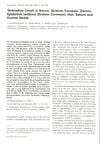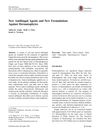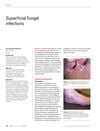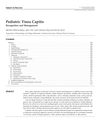Systemic Antifungals: Overview, Applications, and Costs
January 2018
in “
Springer eBooks
”
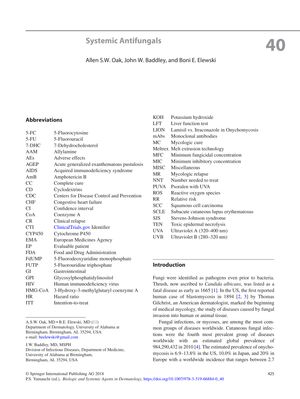
TLDR Terbinafine is the most effective medicine for fungal nail infections, especially for diabetics and those with weak immune systems.
The document from January 1, 2018, provides a comprehensive overview of systemic antifungal agents, their pharmacokinetics, clinical applications, and associated costs. It emphasizes the high global prevalence of fungal infections, the significant morbidity and mortality, especially in immunocompromised individuals, and the economic burden of treatment. Terbinafine is highlighted as the most effective systemic antifungal for onychomycosis, with a higher complete cure rate and lower relapse rate compared to griseofulvin, and is the first-line choice for diabetics and immunocompromised patients, except for Candida onychomycosis. The document also discusses the adverse effects of various antifungals, including hepatotoxicity and phototoxicity, and the need for monitoring liver function during treatment. It reviews the history and development of systemic antifungals, the efficacy of different treatments for conditions like tinea corporis, tinea cruris, and tinea pedis, and mentions investigational agents with potential benefits. A meta-analysis of 15 trials with 1,438 patients found terbinafine to have a significantly higher cure rate than griseofulvin, and a case report is included of a successful fluconazole treatment for tinea capitis in a 5-year-old male.
